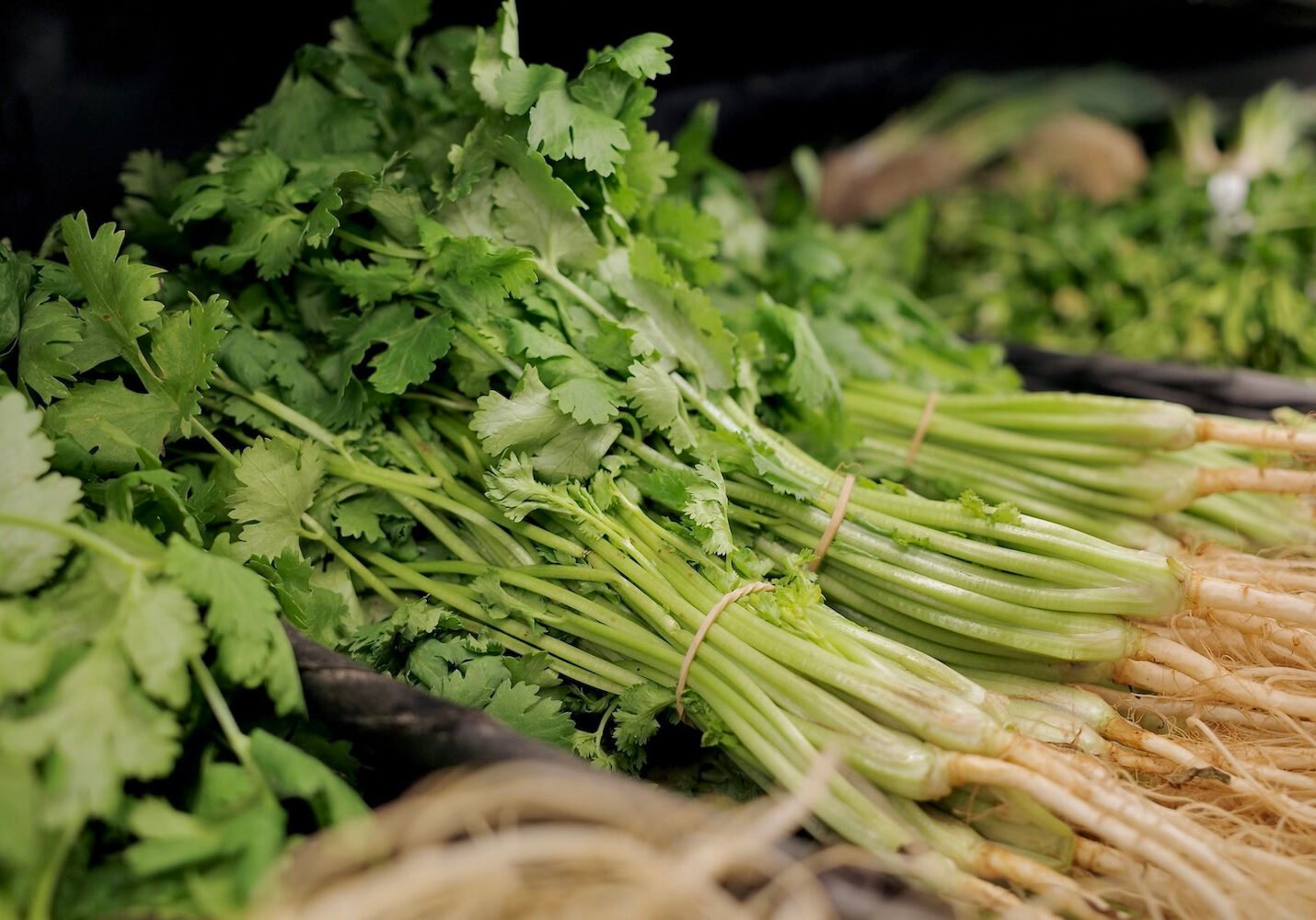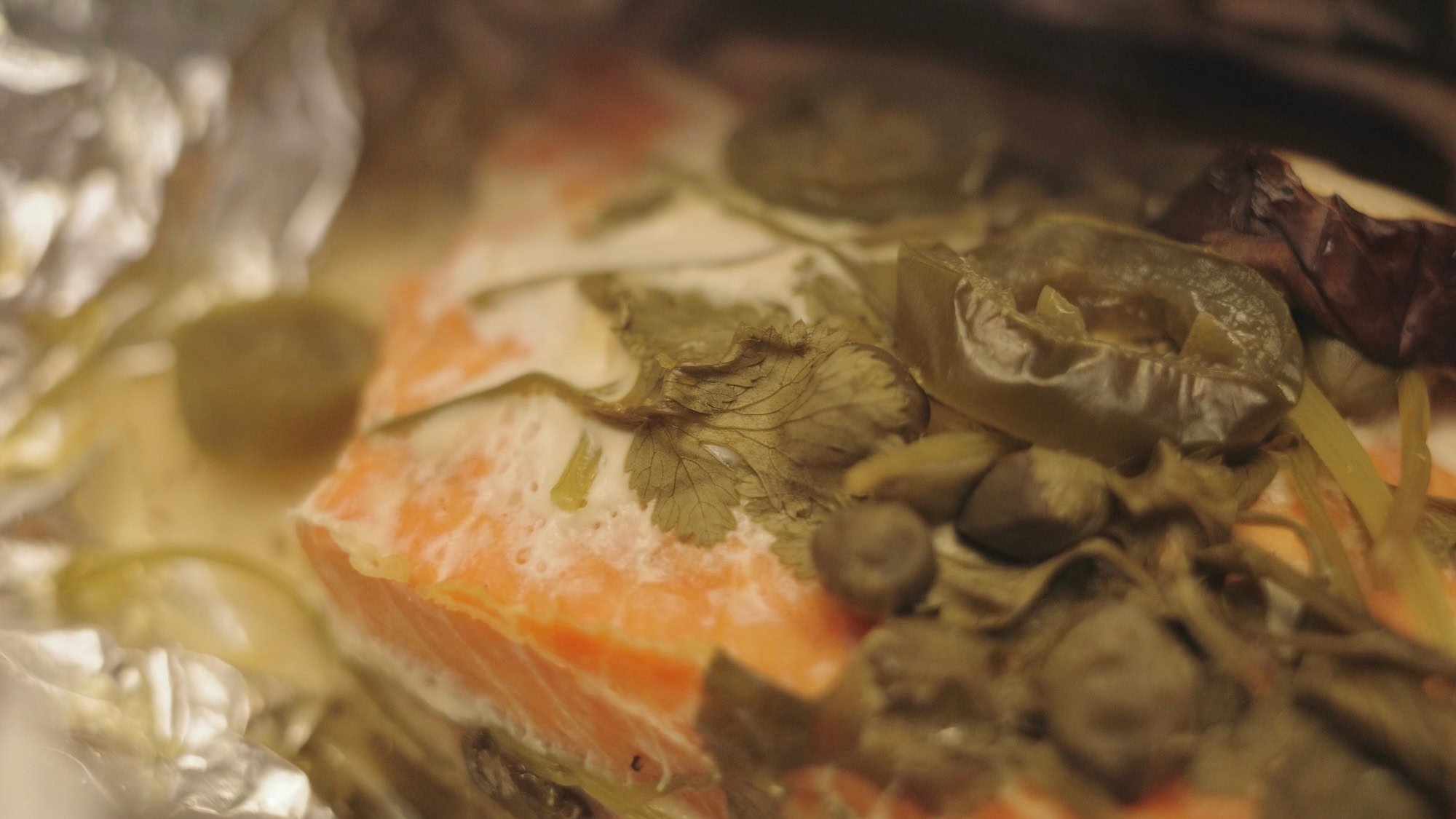How to Use Cilantro
The Lively Herb
Citrusy · Fresh · Bright · Sweet

FORMS
- Fresh: Cilantro is almost always used fresh. Both the leaves and stems are flavorful. The stems are especially aromatic and hold up better in cooking, making them excellent for stews or roasting. The roots are intensely fragrant as well and are often pounded into curry pastes in Thailand.
- Dried: Dried cilantro exists but is a poor substitute, as most of the herb’s bright, lemony oils vanish during the drying process, leaving little aroma or flavor. With this herb, we always say to use fresh only.
STORAGE
- Fresh: Cilantro is delicate and tends to wilt quickly. To extend its life, trim the ends of the stems and store upright in a glass of water, loosely covered with a plastic bag, in the refrigerator; change the water every couple of days. You can also wrap it in a damp paper towel and store it in the refrigerator. Stored in these ways, cilantro lasts about a week.
- Frozen Oil: Freezing in oil or as a purée can preserve some flavor but sacrifices texture. Avoid dried cilantro entirely as it doens't have much to offer.
PREPARATION
- Selecting: Sift through your leaves to discard any that are wilting and yellowing or becoming black and slimy. Only use vibrant, green leaves that still have a noticeable vitality to them.
- Rinsing: Rinse the leaves and stems gently to remove any grit, grime, or dirt, then pat until they're relatively dry before chopping.
- Tearing / Chopping: Leaves are best torn or chopped with a sharp knife to avoid bruising. The stems can be finely chopped as well and added to soups, stews, or braises. Avoid grinding or toasting cilantro leaves, as heat and abrasion quickly destroy their delicate oils.
COOKING
- When to Add: Cilantro’s citrusy notes fade quickly under high heat, so it is usually best to use at the end of cooking or as a garnish. Sprinkle freshly chopped leaves over curries, stir-fries, soups, and rice dishes just before serving. You can also finely chop them and stir them into guacamole, salsas, or bean dishes.
- Cooked Dishes: However, in moist or enclosed cooking methods—like steaming, baking in foil (below), poaching, or braising—whole sprigs can be added earlier. In these gentle environments, the herb infuses a mellow depth that pairs well with fish and lamb. For the best of both worlds, cook with the stems, then finish with fresh leaves before serving.


